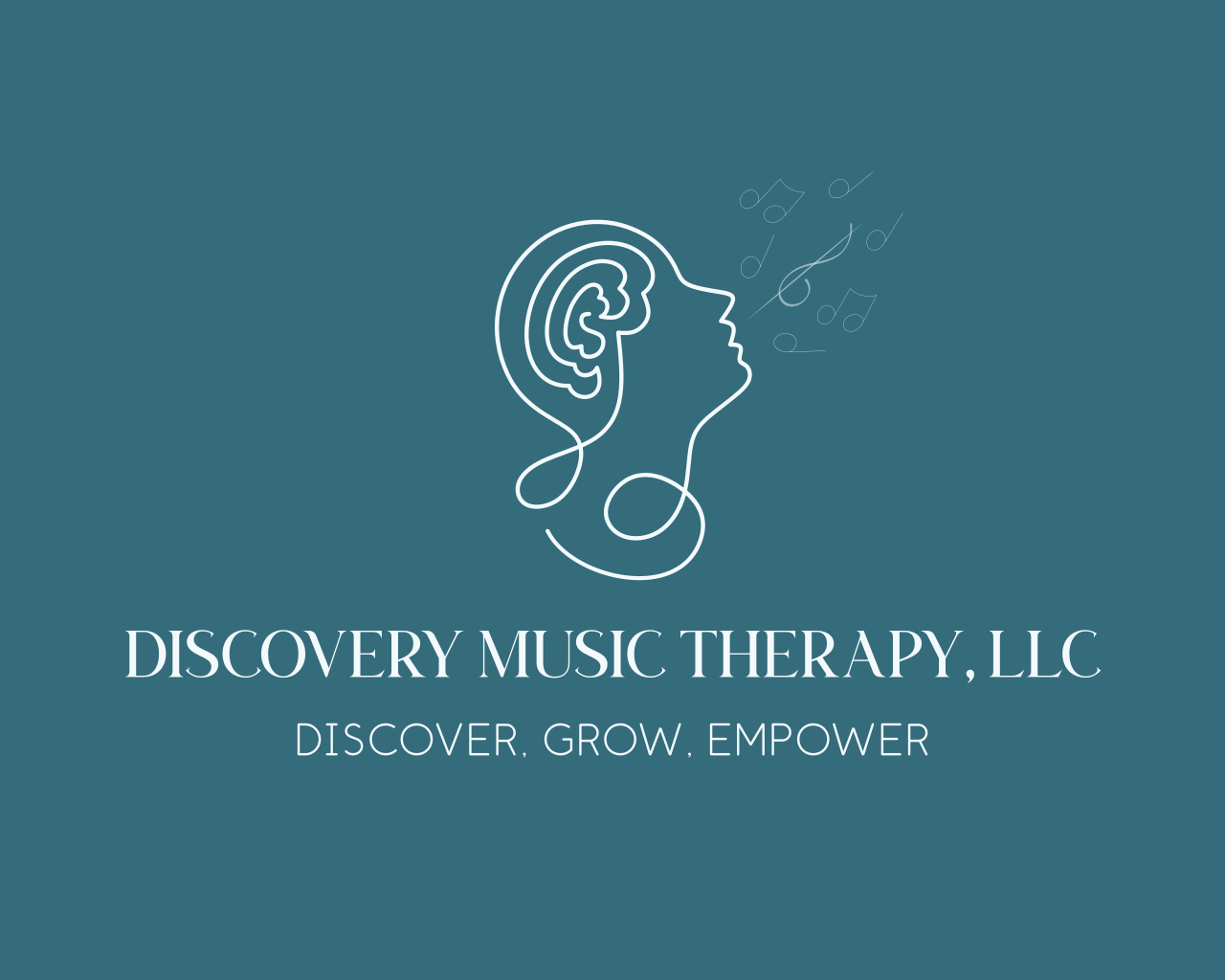Medical Model v. Social Model in Music Therapy
As an allied health profession that is also a creative arts therapy, the intersection between science and creativity in music therapy can sometimes become blurry. Currently, in the world of music therapy, insurance does not easily cover services like it does speech therapy, occupational therapy, and physical therapy. When people hear that I’m a music therapist, often, they are interested, but a lot of times they view it as a kind of ‘woo-hoo’ therapy that doesn’t warrant the time and investment.
And I completely get that.
Unfortunately, Western medicine operates very much on the medical model of treatment. I have chosen not to refer to the people I work with as ‘patients’ but as ‘clients’ or ‘students’. Other music therapists might disagree, but as it was explained to me by someone in the disabled community, referring to a disabled individual as a patient undergoing treatment implies that they have a condition which is fixable and ultimately has the potential to be eradicated. But autism, Down syndrome, ADHD, dementia, visual impairments…these are things that are irreversible, and I find it my duty to do my best in providing individuals with tools for coping, strategies to feel successful, and enhance their quality of life.
Applied Behavioral Analysis has become the primary method in ‘treating’ children with autism and other pervasive developmental disabilities, which is a highly medicalized model. Older adults who underwent these methods are now speaking up about the traumatic experiences they had in undergoing this method. While on paper we see data and documentation that shows it as effective, on a social and quite frankly, ethical and moral level, it is based on forcing individuals to subjugate themselves to a normalized standard of society that is utterly unfair. Social models such as DIRFloortime, developed by Dr. Stanley Greenspan, upholds the idea that every child is unique in their level of development and sensory needs and that they must be met where they’re at; we must enter their world instead of forcing them into ours. It takes time, and taking that necessary data is sometimes challenging to prove a change. But it is far more effective in honoring humans and can be applied to neurodivergent or neurotypical individuals.
I continually find myself as a student in this career. I myself am not disabled, I am not a parent of anyone disabled, I’m not a parent at all, but I find it continually disturbing how individuals with disabilities or what we as a society perceive as ‘differences’, are often held to some kind of standard of what is deemed normal. I believe it starts with a compassionate and nonjudgemental approach with a deep understanding of neuroscience and a humanistic understanding.
Any thoughts? I’d love to hear from you.

